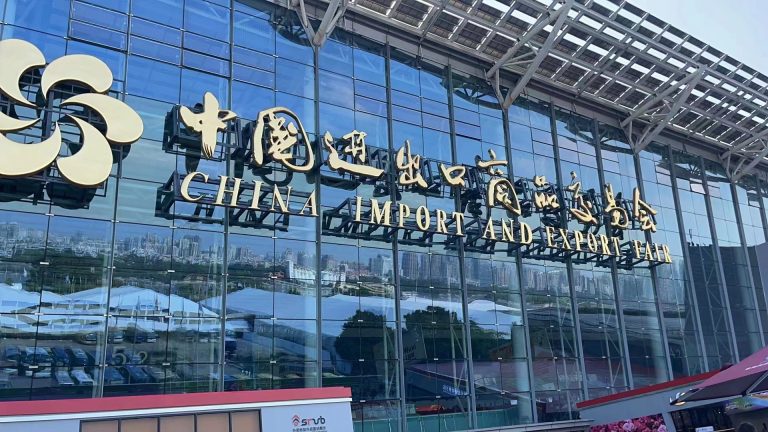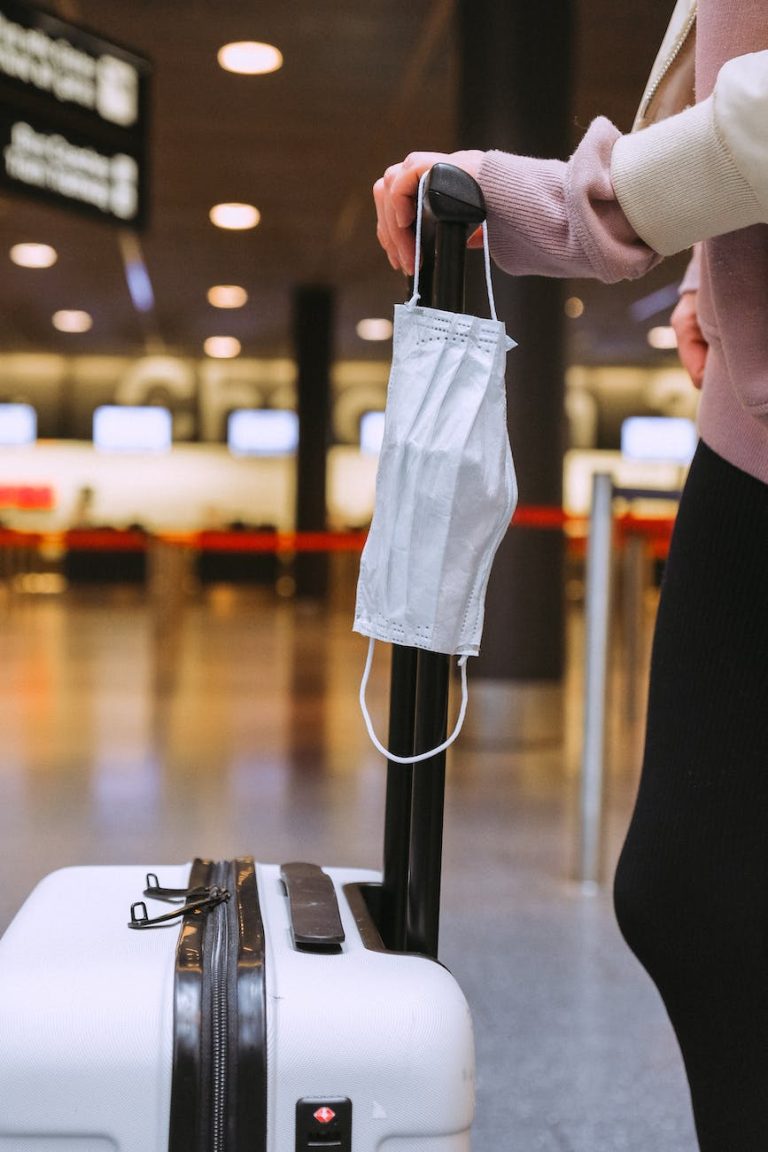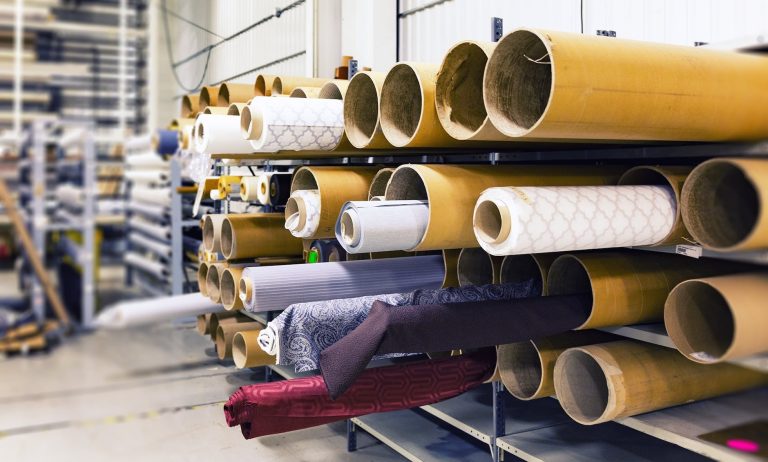Exploring the Manufacturing Process of Polypropylene Luggage
Polypropylene luggage is a popular choice for travelers due to its lightweight and durable properties. This type of luggage is made through a complex manufacturing process that involves several steps.
The first step in the manufacturing process is the injection molding of the polypropylene material. This involves melting the polypropylene pellets and injecting them into a mold. The mold is then cooled and the polypropylene takes the shape of the mold. This process is used to create the main body of the luggage.
The next step is the assembly of the luggage. This involves attaching the handles, wheels, and other components to the main body of the luggage. This is done using a variety of methods such as riveting, welding, and adhesives.
The final step in the manufacturing process is the finishing of the luggage. This involves adding the logo, labels, and other decorations to the luggage. This is done using a variety of methods such as silk screening, heat transfer, and embroidery.
Once the manufacturing process is complete, the polypropylene luggage is ready to be shipped to retailers. This type of luggage is popular due to its lightweight and durable properties, making it an ideal choice for travelers.
The Benefits of Polypropylene Luggage and How It’s Made
Polypropylene luggage is a popular choice for travelers due to its lightweight, durable, and affordable nature. It is also a great option for those looking for a more eco-friendly alternative to traditional materials such as leather and canvas. In this article, we will discuss the benefits of polypropylene luggage and how it is made.
Polypropylene is a type of plastic that is lightweight, yet strong and durable. It is also resistant to water, stains, and odors, making it an ideal material for luggage. Additionally, polypropylene is recyclable, making it a great choice for those looking to reduce their environmental impact.
The process of making polypropylene luggage begins with the production of polypropylene pellets. These pellets are then melted and injected into a mold, where they are cooled and hardened into the desired shape. The finished product is then cut, sewn, and finished with handles, zippers, and other features.
The benefits of polypropylene luggage are numerous. It is lightweight, making it easy to carry and store. It is also durable, meaning it can withstand the wear and tear of travel. Additionally, it is affordable, making it a great option for those on a budget. Finally, it is eco-friendly, as it is recyclable and does not require the use of animal products.
In conclusion, polypropylene luggage is a great choice for travelers due to its lightweight, durable, and affordable nature. It is also a great option for those looking for a more eco-friendly alternative to traditional materials. With its numerous benefits, polypropylene luggage is sure to be a popular choice for many years to come.
A Step-by-Step Guide to Making Polypropylene Luggage
Introduction
Polypropylene is a lightweight, durable, and cost-effective material that is ideal for making luggage. It is also easy to work with and can be used to create a variety of shapes and sizes. In this guide, we will provide step-by-step instructions on how to make polypropylene luggage.
Step 1: Gather Materials
The first step in making polypropylene luggage is to gather the necessary materials. You will need polypropylene sheets, a cutting tool, a heat gun, and a sewing machine. You may also need additional tools such as scissors, a ruler, and a marker.
Step 2: Cut the Polypropylene
Once you have gathered the materials, you can begin cutting the polypropylene. Using the cutting tool, cut the polypropylene into the desired shape and size for the luggage. Make sure to measure and mark the pieces before cutting to ensure accuracy.
Step 3: Heat Seal the Pieces
Once the pieces are cut, you can begin heat sealing them together. Using the heat gun, carefully heat seal the pieces together. Make sure to use even pressure and heat to ensure a strong seal.
Step 4: Sew the Pieces Together
Once the pieces are heat sealed, you can begin sewing them together. Using the sewing machine, sew the pieces together to create the desired shape and size for the luggage. Make sure to use strong thread and even stitches to ensure the luggage is durable.
Step 5: Add the Finishing Touches
Once the pieces are sewn together, you can add the finishing touches. This may include adding handles, straps, pockets, or other features. Make sure to use strong materials and secure them properly to ensure the luggage is durable.
Conclusion
Making polypropylene luggage is a relatively simple process that can be completed with the right materials and tools. By following the steps outlined in this guide, you can create a durable and cost-effective piece of luggage.





